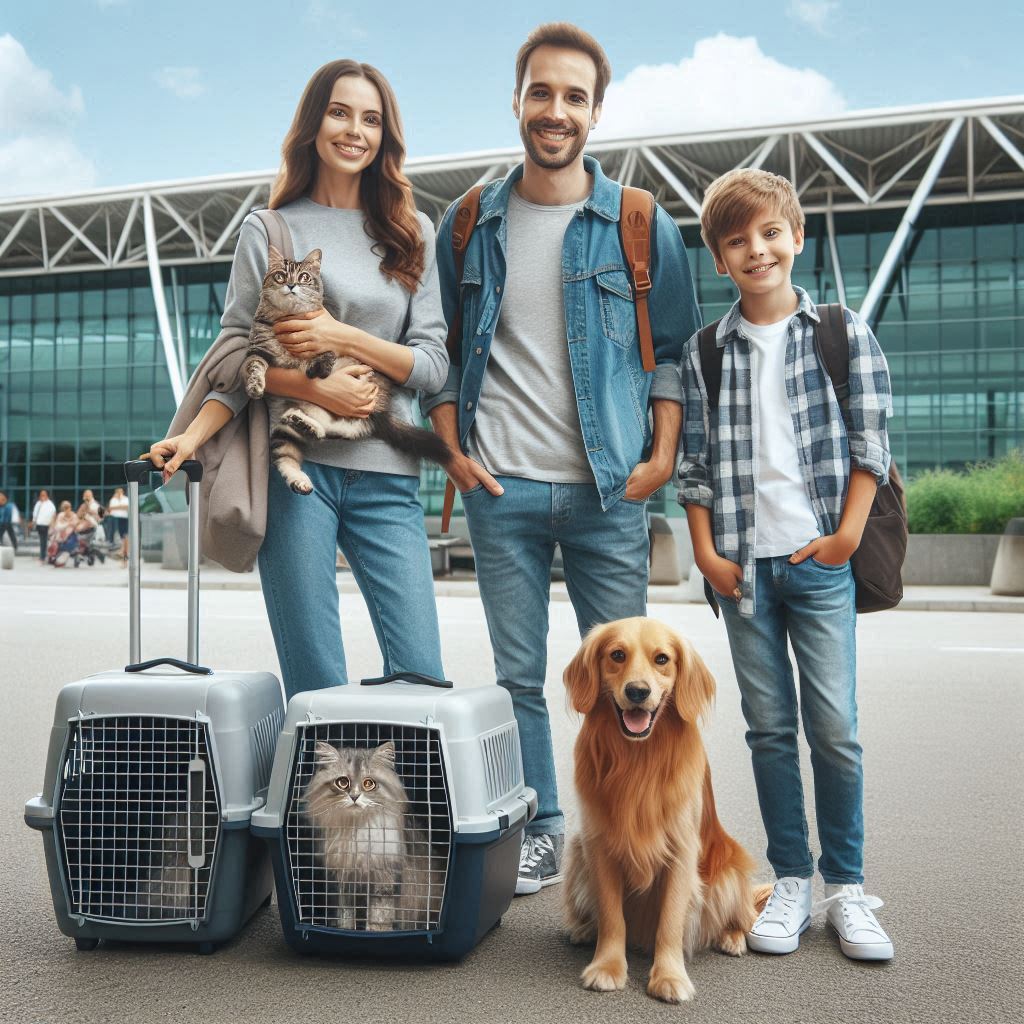Traveling to Lithuania on an adventure with your cherished pet is a thrilling and fulfilling experience. However, moving a furry buddy to a new nation requires considerable planning and thought. This country is a pet-friendly destination to travel to with your pets. While relocating with pets, it is important to keep the following things in mind which have been carefully stated in this article.

Microchip
The initial step is to implant a 15-digit pet microchip that complies with ISO standards into your pet. A microchip that complies with ISO (International Organization for Standardization) should be implanted in your pet. On the rabies certificate, this number needs to be listed.
Vaccination
After the ISO microchip is implanted, rabies vaccination should be performed. Transportation and importation are unaffected by any immunizations received before microchipping. Make sure the rabies certificate includes the microchip numbers. All animals must be rabies-vaccinated and have documentation. After at least 30 days have passed since the rabies immunization was given, a titer test for rabies must be performed. Every sample must be processed at a lab that has been approved. Your pet may enter the country three calendar months following the date of the blood sample, assuming test results are within acceptable ranges.
Health certificates
Both a United States Department of Agriculture USDA 7001 International Health Certificate for Small Animals and a European Union Annex II veterinary certificate must be completed. Before these documents can be signed for transit to Lithuania, at least 21 days must have passed since the rabies vaccination (the exact date will differ between USDA offices). A veterinarian who has received USDA accreditation and endorsement must do these. Due to endorsement logistics, the timing of these documents is dependent on the origin location.
Commercial and non-commercial regulation
For non-commercial regulation, the animals must be transported by the owner or legal agent, with no purchase, sale, or ownership transfer during transit. The non-commercial EU certificate for Lithuania must be completed by a qualified veterinarian in the home nation within five days of departure. A licensed veterinarian in the country of origin must complete the commercial EU certificate for Lithuania in cases of commercial transportation within 48 hours of departure.
Pet entry into Lithuania
Pets are allowed to enter Lithuania through a Border Inspection Post (BIP) authorized at the international airport in Vilnius. At least 24 hours must pass before the arrival date. The animals must pass through or enter the country directly from another EU member state. To transit countries with high rabies rates, complete a Transit Declaration affirming your pet’s absence of contact with rabies-infected animals during the flight or at the airport. At the port of entry into the country, all animals must be free of any signs of a disease that can be transmitted to humans. Pets may fly in the cabin, be checked as luggage, or be delivered via air cargo.
Permitted dog breeds in Lithuania
The following dog breeds and their crosses can enter Lithuania with their owner for a short visit. They must be on leash and muzzled in public places, and should not pose a threat to humans and animals. The included breeds are American Pit Bull Terrier (all breeds under this classification), American Staffordshire Terrier, American Bulldog, Dogo Argentino, Fila Brasileiro, Kangal, Caucasian Shepherd, and South Russian Shepherd. All dog breeds classified as American Pit Bull Terrier and their hybrids are prohibited from entering the nation via a transfer of residence. The local municipality must provide its consent before any of the other dog breeds mentioned above can move here to dwell.
Select a pet-friendly airline
Look into the pet-friendly policies of the various airlines that fly to Lithuania. To learn about the exact regulations, costs, and limitations associated with transporting pets, get in touch with the airline in advance. The highest level of care and comfort for your furry friend will be ensured if you select an airline with experience in pet transportation.
You may also find these articles helpful
Things you need to know before immigrating to Lithuania
Best universities to apply for in Lithuania as an expat


